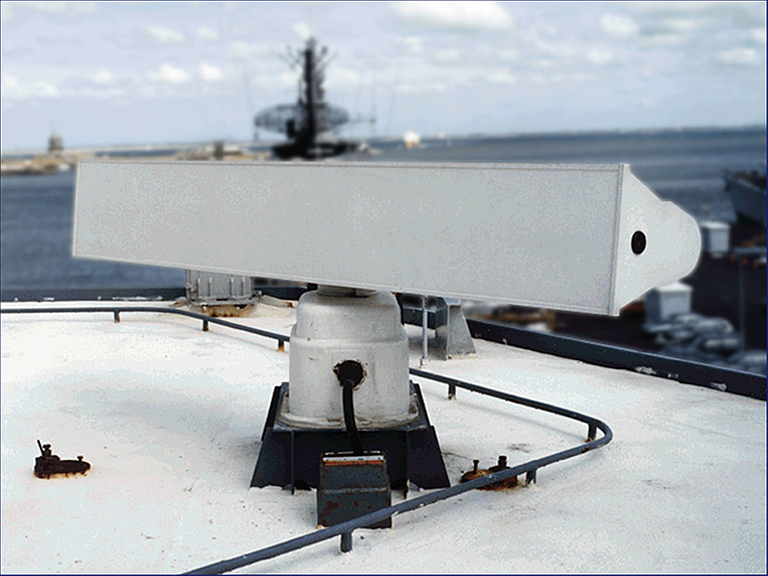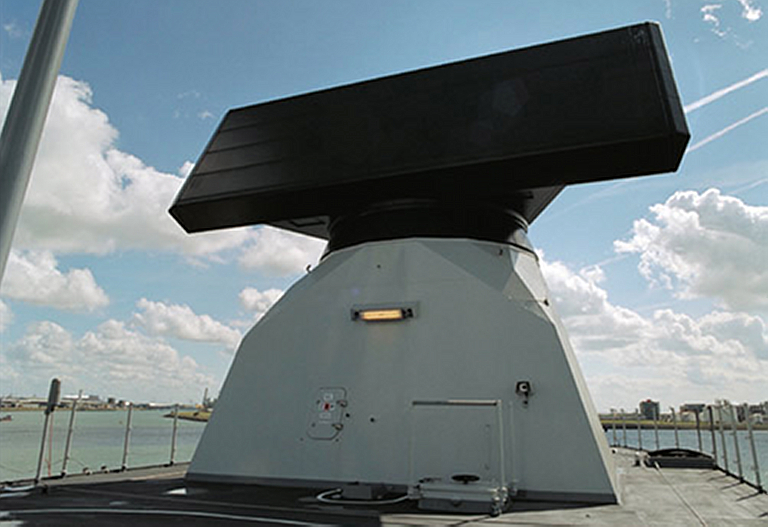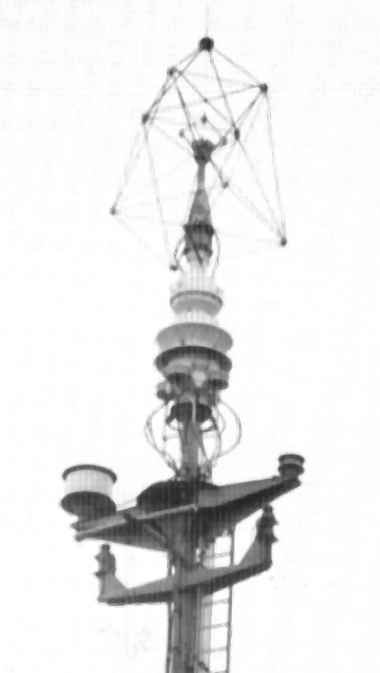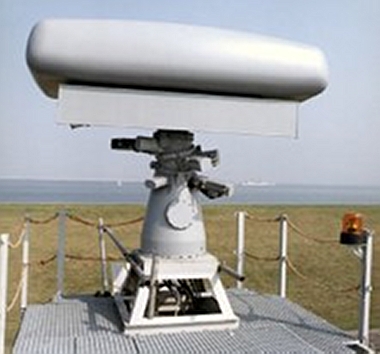|
||||||||||||||||||||||
![Home - Air Power Australia Website [Click for more ...]](APA/APA-Title-Main.png) |
||||||||||||||||||||||
![Sukhoi PAK-FA and Flanker Index Page [Click for more ...]](APA/flanker.png) |
![F-35 Joint Strike Fighter Index Page [Click for more ...]](APA/jsf.png) |
![Weapons Technology Index Page [Click for more ...]](APA/weps.png) |
![News and Media Related Material Index Page [Click for more ...]](APA/media.png) |
|||||||||||||||||||
![Surface to Air Missile Systems / Integrated Air Defence Systems Index Page [Click for more ...]](APA/sams-iads.png) |
![Ballistic Missiles and Missile Defence Page [Click for more ...]](APA/msls-bmd.png) |
![Air Power and National Military Strategy Index Page [Click for more ...]](APA/strategy.png) |
![Military Aviation Historical Topics Index Page [Click for more ...]](APA/history.png)
|
![Intelligence, Surveillance and Reconnaissance and Network Centric Warfare Index Page [Click for more ...]](APA/isr-ncw.png) |
![Information Warfare / Operations and Electronic Warfare Index Page [Click for more ...]](APA/iw.png) |
![Systems and Basic Technology Index Page [Click for more ...]](APA/technology.png) |
![Related Links Index Page [Click for more ...]](APA/links.png) |
|||||||||||||||
![Homepage of Australia's First Online Journal Covering Air Power Issues (ISSN 1832-2433) [Click for more ...]](APA/apa-analyses.png) |
||||||||||||||||||||||
| Last Updated: Mon Jan 27 11:18:09 UTC 2014 | ||||||||||||||||||||||
|
||||||||||||||||||||||
A
Perspective
on
EW Receiver Design
|
||||||||||||||||||||||||||||||||||||||||||||||||||||||||||||||||||||||||||||||||||||||||||||||||||||||||||||||||||||||||||||||||||||||||||||||||||||
|
by John C.
Wise,
MBE J.C. Wise and Associates November 2009 Updated April, 2012 Text © 2009 John C. Wise |
||||||||||||||||||||||||||||||||||||||||||||||||||||||||||||||||||||||||||||||||||||||||||||||||||||||||||||||||||||||||||||||||||||||||||||||||||||
 Scout FMCW search radar (Thales). |
||||||||||||||||||||||||||||||||||||||||||||||||||||||||||||||||||||||||||||||||||||||||||||||||||||||||||||||||||||||||||||||||||||||||||||||||||||
IntroductionIn the late 1980s FMCW (Frequency Modulated Carrier Wave) radar started to make a name for itself, if for no other reason that it employs a very low power output, which makes life difficult for EW systems and their users. There are many other possible exotic waveforms such as pseudo-noise modulation, but they have not had the impact on the industry, the user or EW achieved by very low power output FMCW modulation. Radio warfare originally, and Electronic Warfare (EW) now, has been and continues to be a cat and mouse game, between the developers of emitters, and developers of detection receivers. There are two basic levels of passive EW in a maritime scenario, tactical and strategic. Tactical is dealt with by using shipborne ESM (Electronic Support Measures) or airborne RWR (Radar Warning Receiver) systems. These are designed primarily for self-protection and usually take the form of IFM (instantaneous frequency measurement) receivers with omni-directional antennas, to achieve full frequency band cover with parametric detection and an amplitude measurement system with multiple antenna arrays designed to acquire instantaneous azimuth data or DF (direction finding) on the detected signal. More recent sophisticated designs may employ interferometric precision DF techniques, and passive geolocation techniques exploiting Differential Doppler or Differential Time of Arrival techniques. There are, of course, many variations on a theme. Many earlier ESM systems only had the DF components, but without a frequency measurement capability the users could never be completely confident about the identification and classification of the intercepted emitter. The USN used an Electronic Intelligence (Elint) approach for many years with the AN/BLR-1 and WLR-1 series. The problem here was the inappropriate use of rotating antennas with narrowband superheterodyne (superhet) receivers that see little of the real world in under a couple of hours. Even fast scanning receivers, then, did little to improve the situation over the 2~18GHz primary radar bands. Strategic systems are designed to search and seek out the very weak signals that the opposition try and keep from prying ears and eyes during system development and trials. Thus Elint systems need to be narrow-banded with high sensitivity and good directional gain, where they do an excellent job, but they cannot compete with ESM systems in a tactical scenario, where time and azimuthal coverage are of the essence. The first use of an Anti-Ship Cruise Missile (P-15 SS-N-2 Styx ASCM) in October 1967 alarmed many Governments. The USA produced the SLQ-32 using a combination of omni directional and Rotman lens antennas with broadband receivers to achieve instantaneous 360° coverage, almost up to the zenith, but the system gain was initially low. The SLQ-32 is currently contracted for a major upgrade to be more capable against modern threats.
The Royal Navy was, for a change, in front of the curve in 1967. Their UA8/9 ESM and 667/668 jammers had been introduced into service on the County Class DLGs and subsequently on Batch 1 Leanders in 1962 and 1964 respectively. The ESM systems enjoyed a combination of IFMs, superhets, and crystal video detection with high gain amplifiers on the back end of broadband omni and multiple horn antennas whilst the 667 & 668 jammer systems employed switchable narrow bandwidth superhet receivers and trainable horn antennas. There could not have been a better combination to meet tactical needs then, and time was to show that the jammer’s receivers had a considerable strategic capability as well, subsequently all replaced by the very successful UAA1/2 multi-band Abbeyhill system and more recently by Outfit UAT. So what had radar designers done to evade EW systems over the last 20 years? Actually there are quite a number of innovations that have given radar an edge. Super High Frequency (SHF) synthesis brings high orders of frequency stability and programmable agility. Solid-state amplification permits managed power output levels and graceful degradation, something that was never possible with a magnetron. PRF ranging was enabled with powerful processing, as was Doppler detection, to present target tracking solutions at previously unimagined ranges. Good modern three-dimensional (3D) radars provide much more than radio direction and ranging. Within a few pulses they provide target height, velocity and heading. A hovering helicopter is no longer safe, for the Doppler may be picked off its rotor blades and used to identify its type. This technique may also be used against propeller driven fixed wing aircraft, for instance the Tu-142M Bear or P-3C Orion. The points that impact on EW are the radar’s ability to change frequency in a varied number of ways from once every scan to once every pulse. The Swedish Navy has a fire control system with an RF agility capability known simply as CHASE. This gives the user just over 1,000 MHz of radio frequency agility in real time. Interestingly the majority of “channelized” EW receivers only have a maximum 500 MHz band pass, so at best can only ever see less than 100% of the CHASE effects on one receiver, this means that a library identification system has to be programmed to produce a solution for less than 100% of signal detection, which may vary considerably from second to second – and that makes for some very interesting problems. IFM receivers might see the whole CHASE event, but they don't gather azimuth data so will not know where the RF changes are coming from or even if they belong to the same emitter! One of the most recent technologies to go widespread is that of phased arrays and there are two types; Active (AESA) and Passive Electronically Steered Arrays (PESA). They both rely on architectures and antenna structures that are quite different. Some would argue that active phase arrays are superior and the Russians will quickly tell you that is true in price terms. Active phased arrays are also high on technology, which has hindered their development in China, although we are now seeing AESA designs such as the new highly mobile Type 305A, and the airborne KJ-200 and KJ-2000 systems. Active phased array designers may have a trick or two up their sleeve for there is no reason why all the active elements have to function with identical frequency characteristics, or employ the same waveforms thus these designers have more freedom than the passive array designers. For example fixed phased arrays may deploy different waveforms in subtly different RF sub-sets from each array face. But in any case phased arrays embrace a technology that significantly complicates the EW users life, especially when programming semi- or automatic identification systems. The very low emission sidelobes, and significant frequency agility characteristic of a modern AESA design, present genuine challenges for interception by some ESM and RWR systems. Radar manufacturers are very reluctant to produce other than basic transmission features in their brochures; RF (Radio Frequency), PRF (Pulse Repetition Frequency), PD (Pulse Duration), ST (Scan Type) and SP (Scan Period), primarily to protect their products from competition. At best they might agree that their transmitter is capable of, say, 10% RF agility if questioned. Then FMCW appeared on the horizon. Actually FMCW was identified in the very early part of the 20th Century but was not developed mainly due to lack of appropriate technology much before the 1950s. One of the first FMCW navigational radars to achieve operational status was PEAB’s (now SAAB Group) PILOT system in 1990. Initially, this looked to be a bit quaint with its dual transmitting and receiving antenna array, but it produced quite remarkable results - at milliWatts! Initially there was a level of disbelief in the EW domain, then reluctant acceptance, then realization that EW designers and manufacturers would have to do something about it if EW was to maintain its detection range advantage over radar. The Growing Emitter Diversity ProblemAs noted above in the discussion about strategic receivers, they have much higher sensitivity because they have typically very narrow bandwidth, which bounds the noise energy in the receiver path. What if you reduce their bandwidth from 500MHz to 100MHz or even narrower, that should significantly increase the system sensitivity. The Type 667/8 had a narrowest bandwidth of just 25MHz across ‘I’-band. Well this is part of the solution, but only part, because unless you know when, and where, in frequency terms, and down what direction to search, to find a FMCW radar, you are not going to detect it before it detects you, if at all!
Left:
Thales
Variant/Scout, right: Thales Signpost/Scout (Thales).
 Smart
L search radar (Thales).
Traditional pulsed radar systems have suitable amounts of transmitter power to enable them to meet their design objectives. A small pleasure vessel’s radar used in confined waterways and for coastal navigation might have a peak pulse power of only 4 kiloWatts whereas a long-range air surveillance radar might pack well over 2 MegaWatts. Given general propagation conditions an ESM system will detect these pulsed radar systems at around twice their target detection range, and also the powerful land based Russian FMCW search and acquisition systems, the ESM having the advantage of being a one-way device but even with that advantage it is now in a difficult predicament against the milliWatt output of typical maritime FMCW radars. Initially, in 1990 and for a good few years since, it could be shown that the FMCW radar, used as a target sensor, was limited to military platforms, and;
Naval forces are deployed around the world in a wide range of anti-terrorist-like activities. Drug interdiction is one of the primary roles in the Caribbean whilst defeating piracy is paramount off the Horn of Africa, and in some South East Asian waters. Other patrols seek to inhibit or reduce the movement of contraband, illegal immigration or slave trading and where these activities take place in a maritime scenario, the illegal trader’s vessel usually has a small, pulsed, navigational radar - which can be detected by a modern ESM long before it can or will detect the warship tracking it. So EW as a target acquisition sensor is important. In recent months at least two radar manufacturers have launched navigational radar systems aimed at the maritime mercantile arena with FMCW or similar exotic waveform modes embedded. As the price of this technology continues to fall, much as prices have reduced in other technology areas like computers, so eventually one can foresee these systems populating the navigational wavebands in significant numbers - and that will give the smuggler, illegal trader whatever, a significant advantage over the patroller. The point must be made that it is not every FMCW radar, it is an exotic waveform emitter with a very low power output that creates the LPI condition. It is just that FMCW emitters have led the way in this LPI technology arena. Current military FMCW radars include1: |
||||||||||||||||||||||||||||||||||||||||||||||||||||||||||||||||||||||||||||||||||||||||||||||||||||||||||||||||||||||||||||||||||||||||||||||||||||
And that is in a global total of approximately 15,000 named radars.
|
||||||||||||||||||||||||||||||||||||||||||||||||||||||||||||||||||||||||||||||||||||||||||||||||||||||||||||||||||||||||||||||||||||||||||||||||||||
|
Ignoring FMCW altimeters in aircraft, which are quite common in military and commercial aircraft, there are less than 10 military FMCW radars currently deployed for navigational purposes and one foresees that merchant maritime FMCW may soon be in the ascendant. In conclusion, the attraction of FMCW radars, and other designs with Low Probability of Intercept modes will present serious challenges for many if not most legacy ESM systems used in maritime applications, a challenge severely complicated by the enormous diversity of designs. We have yet to see a credible response from EW system manufacturers, although we are aware that much research has been ongoing within some of the major EW companies but few potential customers may be prepared to pay the acquisition costs for high technology ESM. Perhaps there is an opening here for an ‘add-on’ product, as has happened in the airborne world. |
||||||||||||||||||||||||||||||||||||||||||||||||||||||||||||||||||||||||||||||||||||||||||||||||||||||||||||||||||||||||||||||||||||||||||||||||||||
References |
||||||||||||||||||||||||||||||||||||||||||||||||||||||||||||||||||||||||||||||||||||||||||||||||||||||||||||||||||||||||||||||||||||||||||||||||||||
|
Technical Report APA-TR-2009-1102 |
||||||||||||||||||||||||||||||||||||||||||||||||||||||||||||||||||||||||||||||||||||||||||||||||||||||||||||||||||||||||||||||||||||||||||||||||||||
|
|||||||||||||
![Sukhoi PAK-FA and Flanker Index Page [Click for more ...]](APA/flanker.png) |
![F-35 Joint Strike Fighter Index Page [Click for more ...]](APA/jsf.png) |
![Weapons Technology Index Page [Click for more ...]](APA/weps.png) |
![News and Media Related Material Index Page [Click for more ...]](APA/media.png) |
||||||||||
![Surface to Air Missile Systems / Integrated Air Defence Systems Index Page [Click for more ...]](APA/sams-iads.png) |
![Ballistic Missiles and Missile Defence Page [Click for more ...]](APA/msls-bmd.png) |
![Air Power and National Military Strategy Index Page [Click for more ...]](APA/strategy.png) |
![Military Aviation Historical Topics Index Page [Click for more ...]](APA/history.png)
|
![Information Warfare / Operations and Electronic Warfare Index Page [Click for more ...]](APA/iw.png) |
![Systems and Basic Technology Index Page [Click for more ...]](APA/technology.png) |
![Related Links Index Page [Click for more ...]](APA/links.png) |
|||||||
![Homepage of Australia's First Online Journal Covering Air Power Issues (ISSN 1832-2433) [Click for more ...]](APA/apa-analyses.png) |
|||||||||||||
| Artwork, graphic design, layout and text © 2004 - 2014 Carlo Kopp; Text © 2004 - 2014 Peter Goon; All rights reserved. Recommended browsers. Contact webmaster. Site navigation hints. Current hot topics. | |||||||||||||
|
Site Update
Status:
$Revision: 1.753 $
Site History: Notices
and
Updates / NLA Pandora Archive
|
|||||||||||||
|
|
Tweet | Follow @APA_Updates | |||||||||||
|
|
|||||||||||||
|
|
|||||||||||||
![F-111 Aardvark Index Page [Click for more ...]](APA/f-111.png)
![F/A-18 Hornet and Super Hornet Index Page [Click for more ...]](APA/fa-18a.png)
![Aerial Refuelling and Airlift Capabilities Index Page [Click for more ...]](APA/aar-lift.png)
![Directed Energy Weapons and Electromagnetic Bombs Index Page [Click for more ...]](APA/dew.png)
![Notices and Updates Index Page [Click for more ...]](APA/notices-128.png)
![APA NOTAM and Media Release Index Page [Click for more ...]](APA/notams-128.png)
![APA Research Activities and Policy / Technical Reports Index [Click for more ...]](APA/research-128.png)
![Search Air Power Australia Website [Click for more ...]](APA/search-128.png)
![Briefings and Submissions - Air Power Australia [Click for more ...]](APA/briefs-128.png)
![Air Power Australia Contacts [Click for more ...]](APA/contacts-128.png)
![Funding Air Power Australia [Click for more ...]](APA/funding-258.png)



